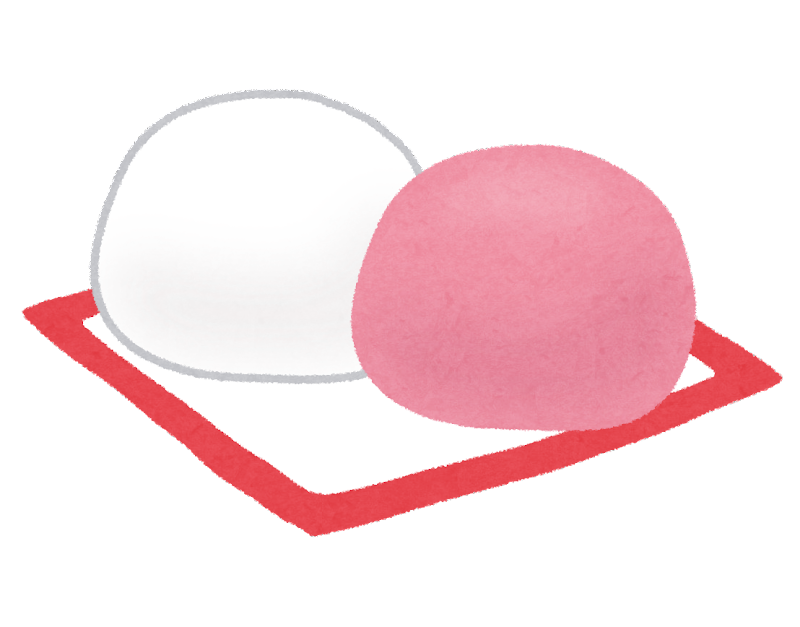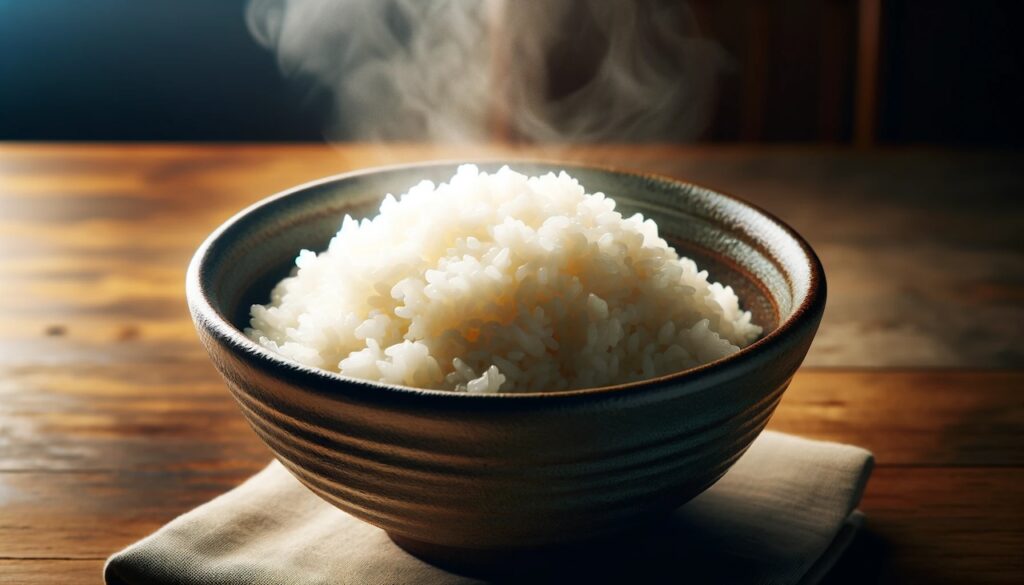Kohaku manju—with its vibrant red and white colors—is a beloved Japanese confection that has graced festive occasions for centuries.
But beyond its beautiful appearance lies a deeper cultural meaning tied to happiness, purity, and celebration. Let’s explore the origins, symbolism, and special moments when kohaku manju is enjoyed.
What Is the Meaning Behind Kohaku Manju?
Kohaku manju consists of two steamed buns—one red (ko) and one white (haku)—each color carrying rich cultural significance:
Red: A Symbol of Vitality and Protection
In Japanese tradition, red represents:
- Energy and life force
- Protection against evil spirits
- Joy and celebration
The vibrant red hue brings positive energy to any special occasion.
White: A Symbol of Purity and New Beginnings
White is associated with:
- Cleanliness and innocence
- New beginnings
- Spiritual harmony
It’s a color often seen at weddings, births, and other major life milestones.
Red and White Together: A Harmony of Happiness and Purity
The combination of red and white (kohaku) is deeply rooted in Japanese celebratory culture—from weddings to New Year’s festivities—symbolizing the balance of happiness, prosperity, and peace.
Giving kohaku manju is more than offering a sweet—it’s a heartfelt expression of blessings and well-wishes.
The History of Kohaku Manju
While it’s hard to pinpoint exactly when kohaku manju first appeared, its roots trace back to Japan’s ancient appreciation of red and white as auspicious colors:
- Heian Period (794–1185):
Red and white were already used as celebratory colors at the imperial court. - Edo Period (1603–1868):
With the flourishing of traditional Japanese confectionery, kohaku manju became popular among the common people, often featured at weddings, festivals, and major life events.
Over time, kohaku manju evolved into a staple of Japanese celebrations—both formal and casual—embodying the hope for happiness, purity, and good fortune.
When Is Kohaku Manju Enjoyed?
Thanks to its auspicious colors and deep meanings, kohaku manju is a favorite treat during life’s major milestones:
Weddings
- Given to guests as a symbol of gratitude.
- Given to the couple to wish them happiness and prosperity.
Births and Children’s Festivals
- Celebrates new life, from a baby’s birth to their first shrine visit.
- Expresses wishes for a long, healthy life.
New Year’s Celebrations
- Offered as a gift during New Year’s greetings to wish for luck and success in the coming year.
Store Openings and Housewarming Parties
- Presented to celebrate new beginnings and pray for prosperity and good fortune.
Longevity Celebrations
- Given during milestone birthdays such as kanreki (60 years), koki (70 years), kiju (77 years), and beiju (88 years), to honor health and a long life.
Graduation Ceremonies
- Shared among graduates, families, and teachers to celebrate achievements and encourage bright futures.
Conclusion: More Than Just a Sweet Treat
Kohaku manju is more than a delicious confection—it’s a cultural symbol of joy, purity, and well-wishing.
From weddings and births to New Year’s greetings and graduations, it brings color and heartfelt emotion to Japan’s most treasured moments.
Even today, kohaku manju continues to charm people with its beautiful colors, delicate taste, and timeless meaning.
Whether you’re celebrating a new beginning or honoring a long life, sharing kohaku manju is a way to pass along happiness and hope—one sweet bite at a time.


